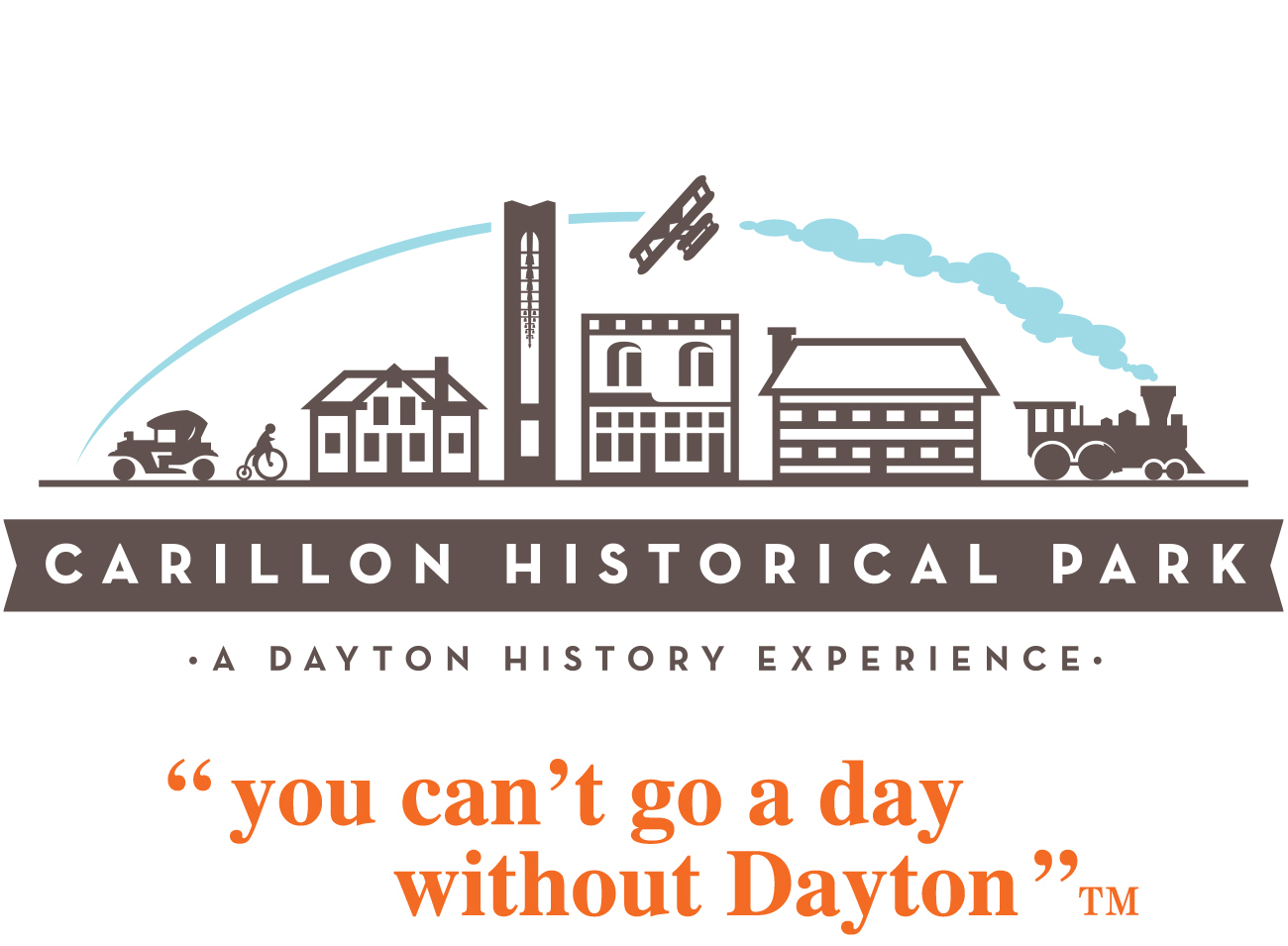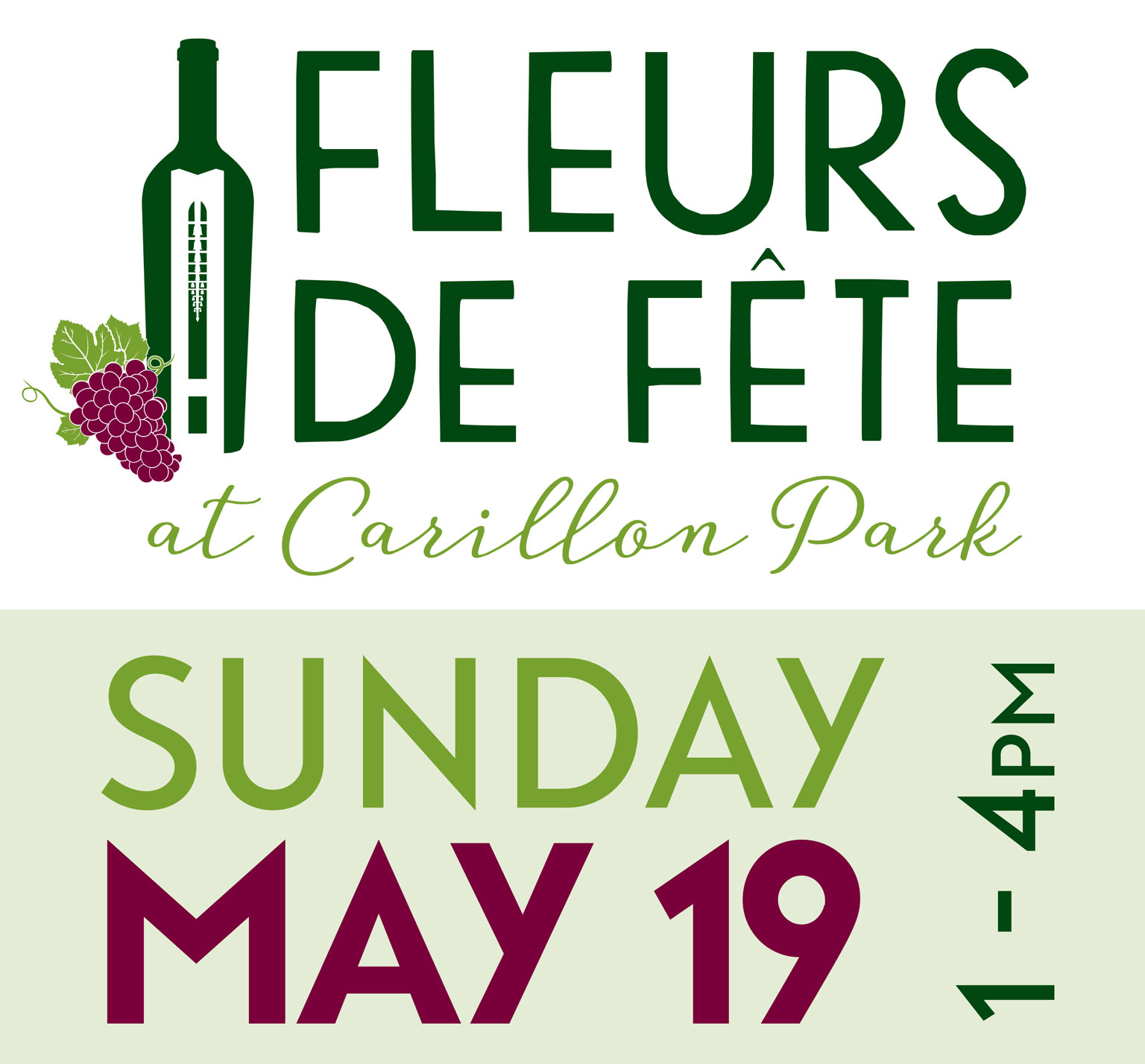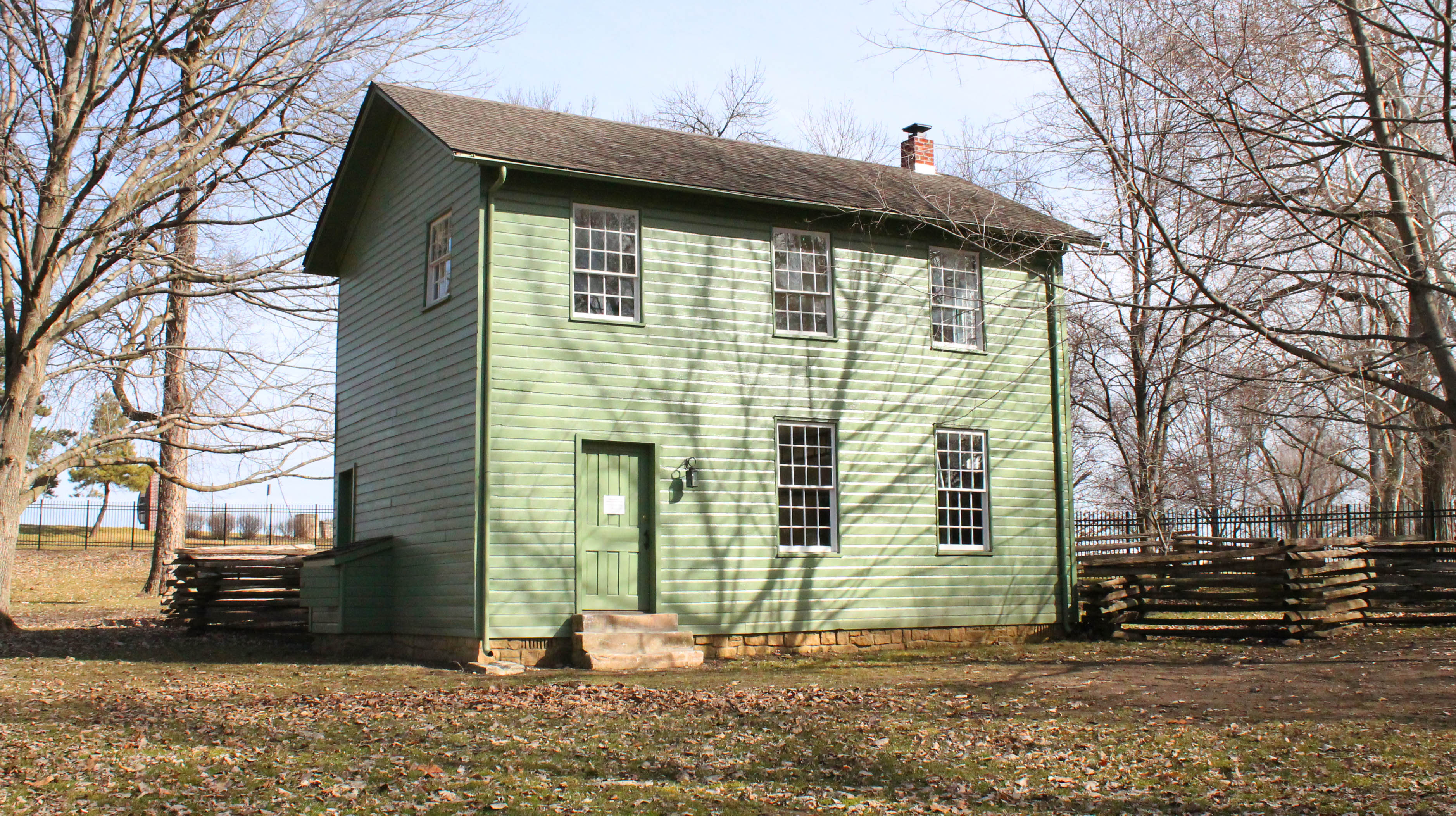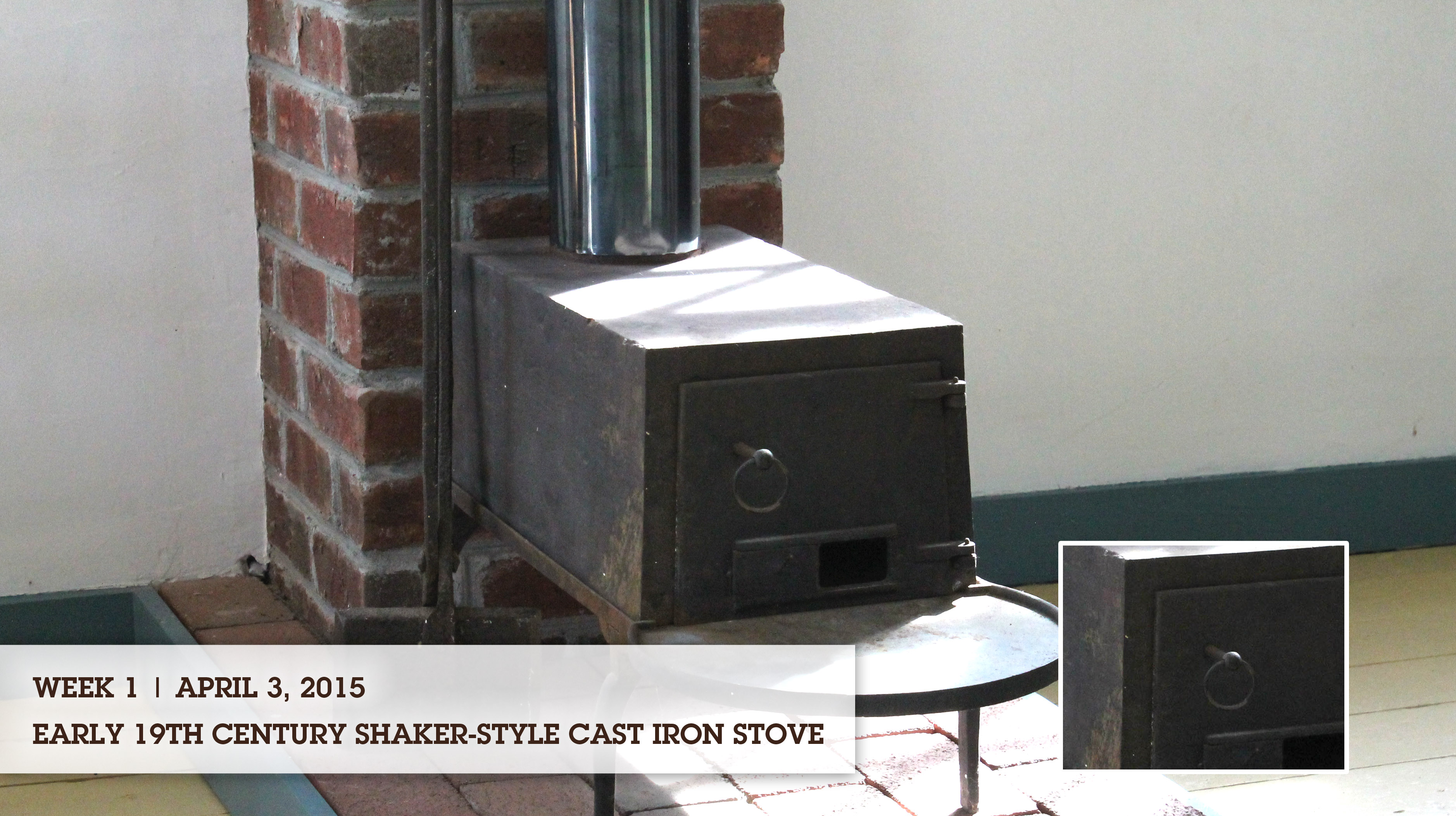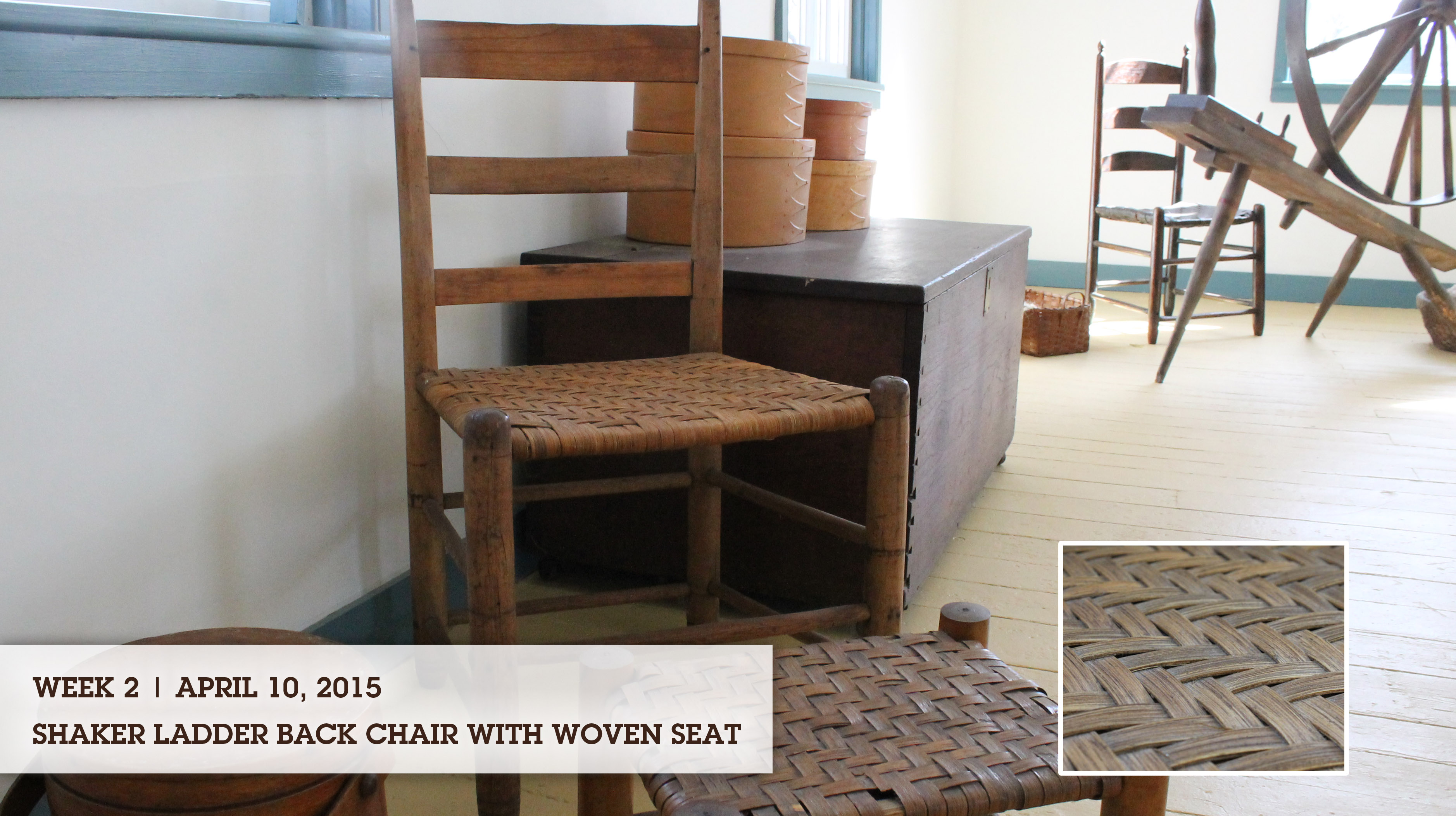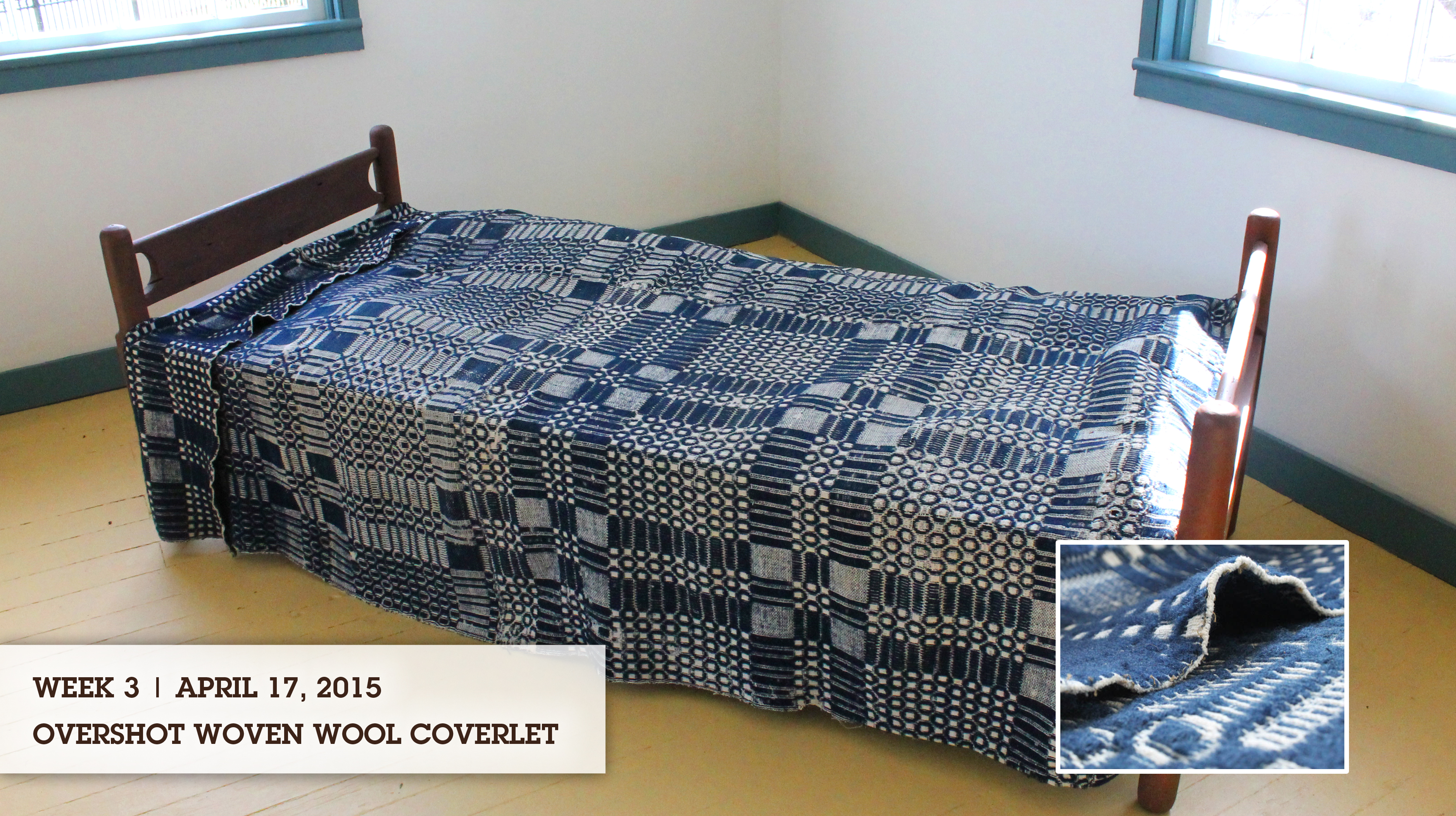April Mystery at the Museum Solved…
The answers to April’s series of Museum Mysteries are (in weekly order): a Shaker-Style Cast Iron Stove, a Shaker Woven Chair and an Overshot Woven Wool Coverlet. All of this month’s mystery artifacts, and many others, are on display in the Watervliet Shaker Building at Carillon Historical Park! For a sneak peek at next week’s Mystery at the Museum artifact photo, be sure to pick up a FREE copy of the Dayton City Paper next Tuesday!
Week 1 | Early 19th Century Shaker-style Cast Iron Stove
On display on the first floor of the Shaker Building at Carillon Historical Park, this cast iron stove is similar in style to those used by the Shaker communities that existed during the 18th and early 19th centuries. The Watervliet Shaker Community, named in honor of its parent village located in the state of New York, was established in April 1806. John Patterson, cousin of Colonel Robert Patterson, was a Believer (Shaker) and it was Patterson’s property the formed the nucleus of the Watervliet community. The community encompassed over 640 acres in Montgomery County and another 160 acres in the neighboring Greene County.
Week 2 | Shaker Ladder Back Chair with Woven Seat
As skilled craftsmen, Shakers were known for their distinctive style of furniture, which was functional and devoid of extraneous ornamentation. Their belief system demanded simplicity in dress, furniture and architecture. Production of the highest quality of materials and products was seen as proof by the Shakers of their dedication to God. The Watervliet Shakers ran a print shop, woolen mill and gristmill and were also involved in agriculture, broom making, furniture making, and the production of garden seeds. They often sold their goods at the Dayton market.
Week 3 | Overshot Woven Wool Coverlet
Shakers were well known for the high quality cloth they would weave on their handlooms. They made many household items like towels, handkerchiefs, sheets, blankets, coverlets and rugs, both for their own use and to sell. Many of the weaving patterns they used originated from non-Shakers, including overshot patterns, like the pattern in the coverlet on display in the Shaker Building at Carillon Historical Park. Millennial Laws, a collection of rules/guidelines for being a Shaker, within the society dictated that only two colors should be used on bedcoverings so blue and white geometric patterns were very popular. The Watervliet Shaker community closed in 1900 and its remaining members moved to Union Village in Warren County, Ohio. Later, the property became a working farm, owned by the State of Ohio, for use by the residents of the Dayton State Hospital.
To see other historical images from our collection, search our Digital Photo Archive.


